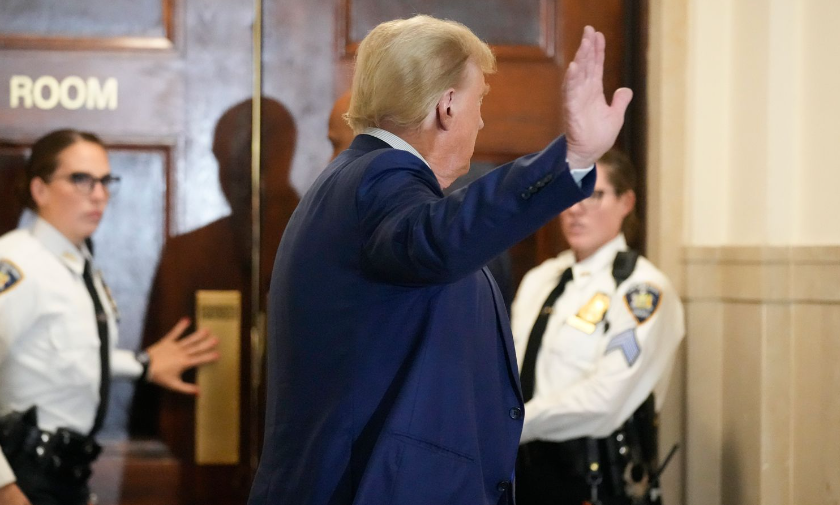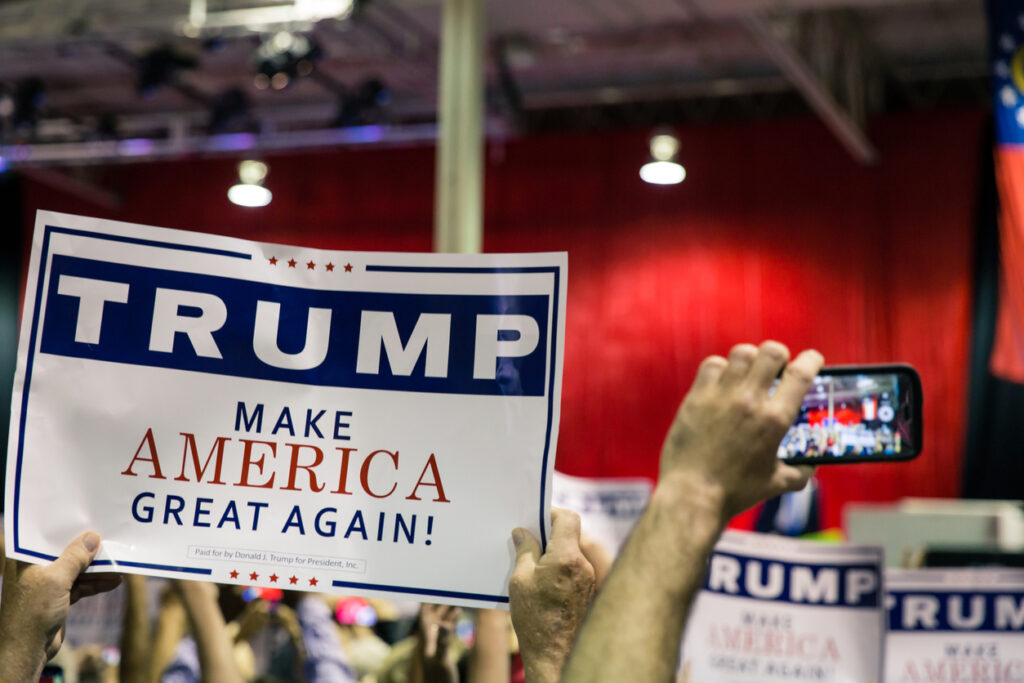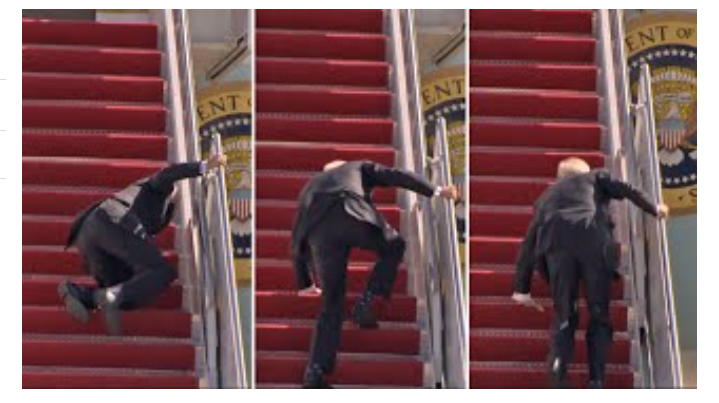
In an intriguing turn of events, former President Donald Trump is making significant inroads with young voters, a demographic that has historically leaned Democratic. A recent Harvard Youth Poll reveals that Trump is narrowing the gap with President Joe Biden among voters aged 18 to 29. While Biden still holds the lead, the margin is considerably slimmer compared to the same period in the 2020 election cycle, signaling a potential shift in young voter preferences as the political landscape evolves.
Key Findings from the Harvard Youth Poll
The poll, which surveyed 2,010 Americans between the ages of 18 and 29 from March 14 to 21, 2024, shows Biden leading Trump by 45 percent to 37 percent, with 16 percent undecided. This 8-point lead is a sharp decline from the 23-point advantage Biden enjoyed over Trump four years ago among the same age group. This suggests a changing dynamic among young voters, who seem to be reassessing their political allegiance as the next election approaches.
Breaking Down the Demographics
Biden’s advantage increases among registered and likely voters under 30, where he leads by 19 points, though this is still less than his 30-point lead in the previous election. He maintains significant leads among non-white voters and women, up by 43 points and 33 points, respectively, and among the highly educated, including college graduates and students.
However, the margins are much narrower among other critical demographics. Biden is only 6 points ahead of Trump among young male likely voters and just 3 points ahead among young white voters. Notably, Biden and Trump are neck and neck among young voters without college degrees.
Enthusiasm Gap
A stark enthusiasm gap exists between the supporters of the two candidates. The poll indicates that over three-quarters of Trump’s young voters are enthusiastic about supporting him, compared to just 44 percent of Biden’s supporters. This enthusiasm could play a crucial role in voter turnout and engagement as the election nears.
Economic Concerns and Political Preferences
According to John Della Volpe, polling director for the Harvard Kennedy School Institute of Politics, economic issues and housing are major concerns for young voters today, and there’s a pronounced gap between the political preferences of young men and women. This shift in priorities highlights the evolving factors that influence young voters’ choices at the ballot box.
Challenges for Both Candidates
The survey also uncovers potential challenges for both candidates. For Trump, Biden’s lead could widen if Trump is convicted in any of his ongoing criminal trials. For Biden, third-party candidates could dilute his support among young voters, a scenario that Democrats have long feared. Moreover, Biden’s job approval rating among younger adults stands at just 31 percent.
Additionally, Biden’s handling of international issues like the Israel-Hamas conflict could influence young voters’ opinions. A significant majority, 51 percent, support a permanent ceasefire in Gaza, a stance that Biden has not fully endorsed, which could impact his support among this demographic.
Conclusion
The 2024 election presents a complex landscape, with young voters showing shifting allegiances and concerns that challenge traditional political assumptions. As both major candidates strategize to capture this crucial demographic, understanding the nuanced preferences and concerns of young voters will be key to securing their support in what promises to be a closely contested race.











